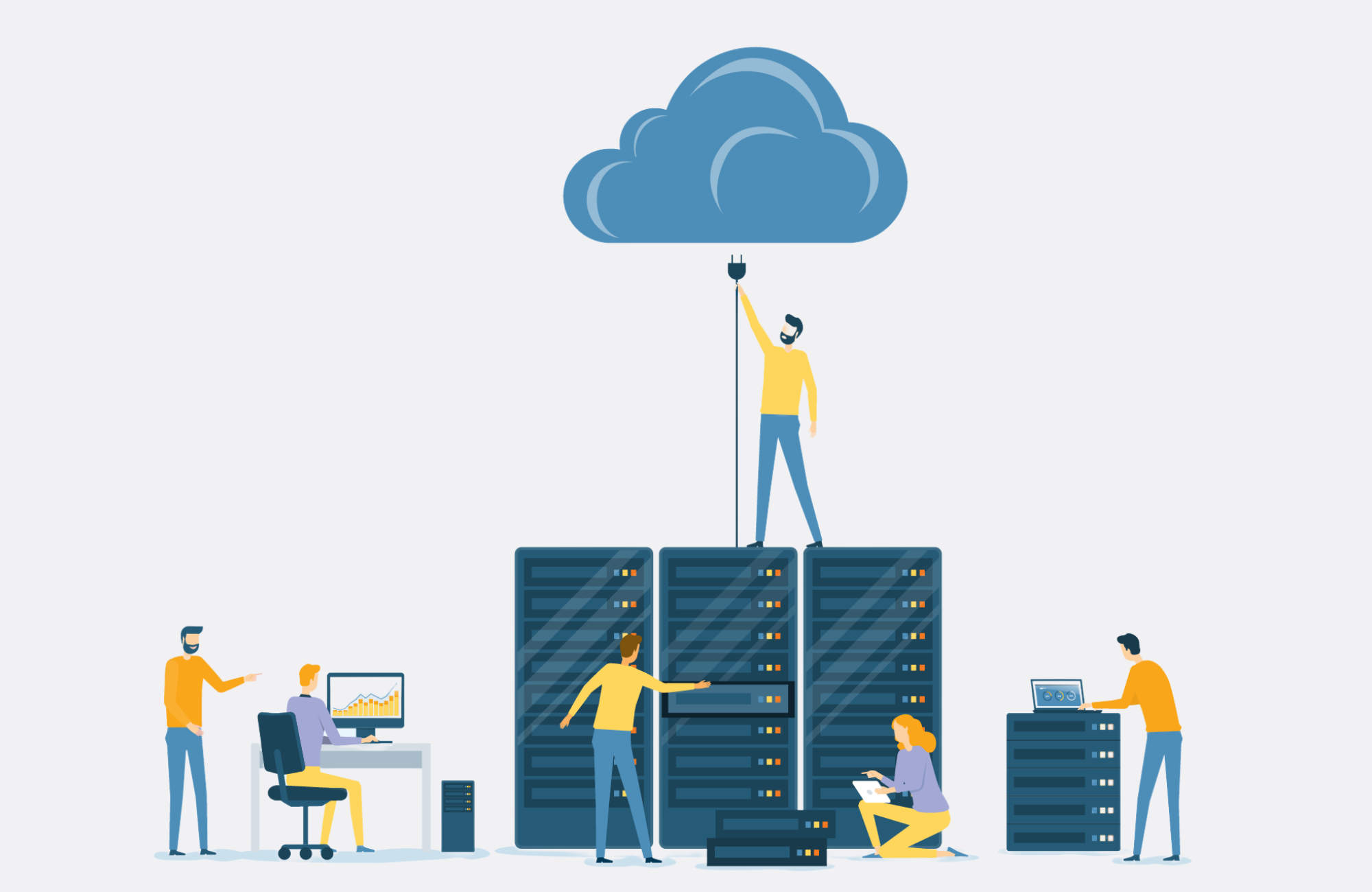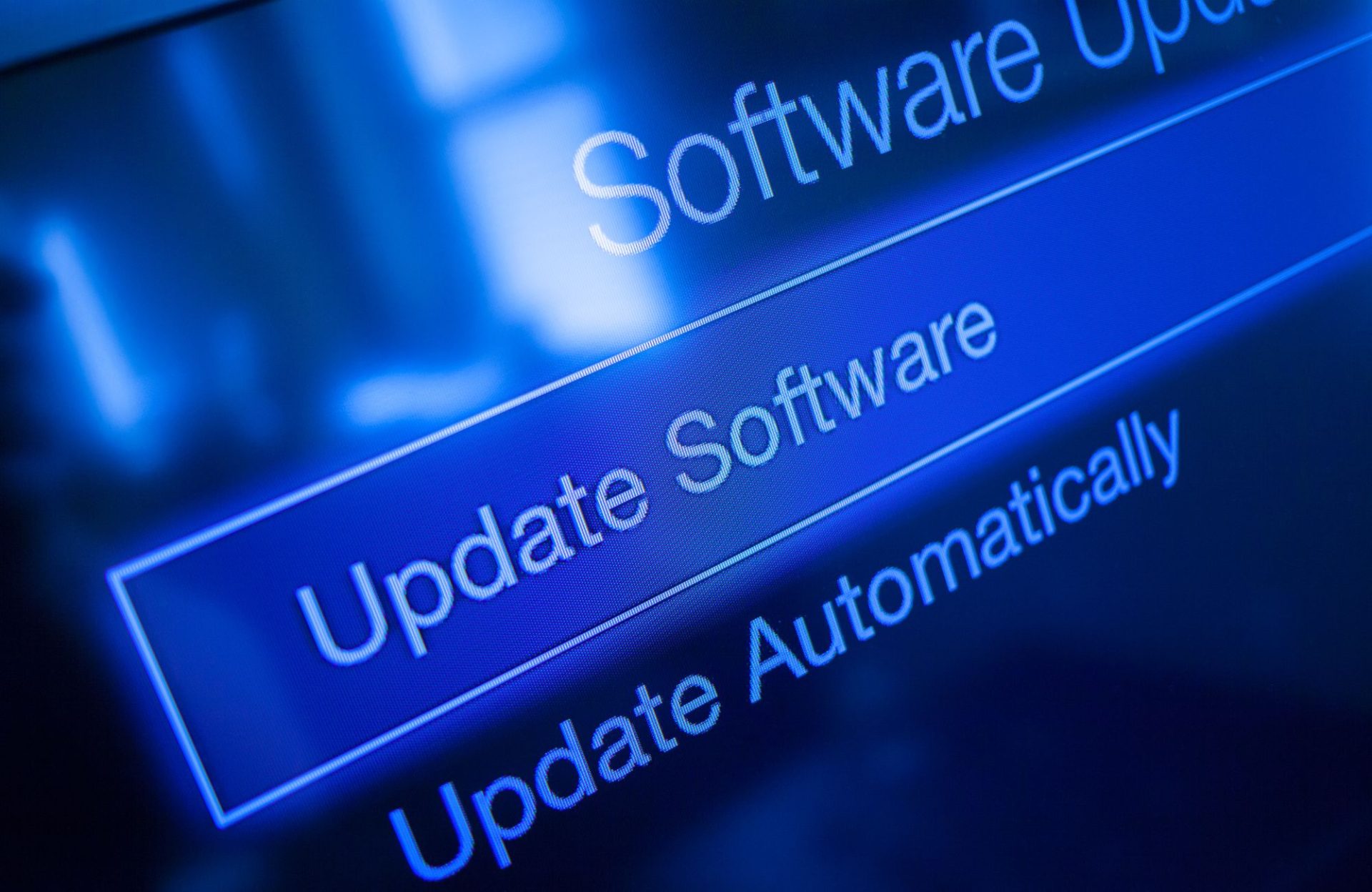Data makes the world go ’round
Data center. Does that term evoke an image in your mind? Maybe it conjures racks of whispering matte-black servers stacked in a spotless isolated room at the end of a long sterile hallway, the machines quietly whirring away doing who-know-what behind a glass wall. The interesting thing about data centers, as indeterminate as they might seem, is we all use them every day—now almost every minute of every day. They house the internet. They are the cloud.
Data makes the world go ’round, and every organization possesses proprietary information it must secure and store, access and make available. Nearly 3 million data centers exist in the United States, ranging from small on-site facilities to the largest ones located on the fringes of major metropolitan areas, such as those operated by Microsoft and Google. In this connected world, companies must either lease rack space in a remote colocation center, outsourcing their data management needs, or build their own enterprise-level data centers.
Demand for Data Centers
Demand for server space is zooming upward as cloud computing becomes ever more ubiquitous. All those bits and bytes, algorithms and apps, and even the raw data that generates a smart building manager’s alerts, for instance, must be housed somewhere, accessible nearly instantaneously. With the “consumerization” of information technology, the number of apps and points of contact end users have with technology has rocketed, and daily life does not flow smoothly when access to data is interrupted.
Data availability is linked to company reputation, which of course affects the bottom line. Imagine how frustrated we become when our shopping cart won’t load, our online bank account is unavailable in the middle of paying bills, or our poster presentation is missing in action on the big day. A small black mark smudges our regard for the entity that failed us electronically in a clutch moment—we may disregard the fact that the glitch really was a fault at some far-off data center, not the company itself.
Mission Critical Facilities
Data centers house mission-critical information, thereby making them mission-critical facilities. They must be capable of high transaction volume. They must be secure, reliable, and scalable in their support of front-office operations. This means uptime is a critical piece to a facility—uptime builds in fault tolerance and power redundancy to maintain uninterrupted service.
Because of this lack of flexibility in provisioning—data centers must be operational regardless of circumstances—they are resource intensive, sucking up electrical power and, surprisingly, water on a high-demand, full-power 24/7 schedule that cannot falter. In addition to the electricity they siphon off the grid, they employ backup generators for power redundancy (these often run on diesel) and extensive water-cooling systems to maintain the IT equipment at optimal temperatures.
Collectively, the nation’s 3 million data centers (a number expected to grow in coming years) are projected to use 174 billion gallons of water by 2020, according to a Department of Energy report. In comparison, New York City uses about 1 billion gallons of water per day, or roughly 365 billion gallons per year. Water is used to cool data centers indirectly through consumption of electricity generated at power stations that also employ water cooling. Data centers are now being designed that require less cooling or cooling through other means than water.
Energy Efficiency
A large data center can use as much electricity as a small town. Electric power is usually the highest operational cost. Engineers rate data center power efficiency with the power usage effectiveness, or PUE, factor. The average U.S. data center has a PUE of 2, meaning that it consumes 2 watts of power for every 1 watt of power it supplies to the IT equipment. Cutting-edge facilities might have a PUE of 1.2. There is still room for improvement, and organizations will feel any leaps forward in efficiency as direct and future savings.
That being said, efficiency is in demand. The U.S. Environmental Protection Agency has an Energy Star rating for data centers. To qualify, a data center must be in the top 25 percent of all reported energy-efficient facilities. In 2015, the Energy Efficiency Improvement Act was passed and requires all federal facilities, including the seven major data centers where the internet “originates,” to be more energy efficient. Green technology can reduce resource usage in data centers. A Leadership in Energy and Environmental Design (LEED) certification is available for these types of facilities.
The market and the options for building an efficient data facility are complex. Factors to consider are proximity to a power supply, broadband availability, networking services, physical security, climate and weather issues, and proximity to customers. Also, does it make sense for your organization to adopt a hybrid design, which combines cloud computing and an on-site solution to meet data needs, or not? How will you accommodate growth and future-proof the equipment? What is the best control strategy in the data room? Which thermal optimization plan fits your company’s budget and exceeds its needs? These factors all impact energy usage and efficiency.
Albireo Energy partners with you
Albireo Energy has more than three decades of experience designing and commissioning smart building solutions for commercial and institutional customers. Starting with an energy audit and proceeding through close-out and payoff, Albireo’s team partners with you to step your organization through data center design/redesign and build/retrofit. They will analyze, prioritize, and then implement a solution that maximizes ROI and recoups costs with available state-level energy rebates. They will design in effective fault detection and diagnostics and put into place an automated monitoring system so that your enterprise data center stays online. Albireo works with you and your team to understand your organization’s unique situation, data needs, and business objectives. Your Albireo team stays with you through the complicated process of data center commissioning.
Our most recent data center project involves implementing best-in-class EPMS, monitoring and controls in a large financial institution’s brand new Tier 4 operations facilities. We welcome the opportunity to share additional details with you on the project.
When your organization decides it’s time, Albireo is ready to implement your data center. And by the end of the design phase, you’ll know exactly how to picture it.






